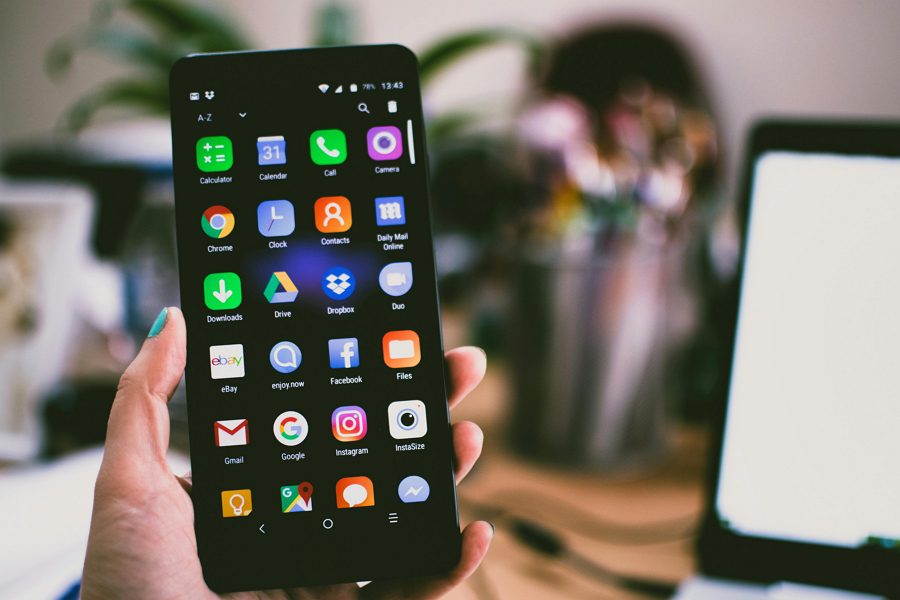As an Android user, you likely have a plethora of files – from photos and videos to documents and downloads – stored on your device. Keeping these files organized can be a daunting task, but with the right tools and strategies, managing your Android files can be a breeze. In this article, we’ll explore some tips and tricks to help you efficiently manage files on your Android device.
Understanding the Android File System
Before diving into file management techniques, it’s essential to understand the Android file system. Android devices typically have two types of storage: internal storage and external storage (like an SD card). The internal storage is where the Android operating system, apps, and app data are stored, while external storage is commonly used for storing media files and documents.
Using the Built-in File Manager
Most Android devices come with a built-in file manager app, usually named My Files or simply Files. This app allows you to browse, copy, move, and delete files on both your internal and external storage. To access the file manager, open your app drawer and look for the corresponding app icon.
The file manager app usually presents your files in a categorized manner, with sections like Downloads, Images, Videos, Audio, and Documents. This categorization makes it easier to locate specific types of files without having to navigate through complex folder structures.
Downloading a Third-Party File Manager
While the built-in file manager is sufficient for basic file management tasks, you may find that a third-party file manager app offers more advanced features and customization options. Some popular choices include:
- Solid Explorer: Offers a dual-pane interface for easy file operations and supports cloud storage services.
- ES File Explorer: Provides a range of tools, including a storage analyzer, file converter, and cloud storage integration.
- Files by Google: A user-friendly option that helps free up space and supports file sharing via Google Drive.
When choosing a third-party file manager, consider factors like ease of use, additional features, and compatibility with your device.
Organizing Your Files
One of the keys to efficient file management is keeping your files organized. Here are some tips to help you stay on top of your file organization:
- Create folders: Use folders to group related files together. For example, create separate folders for work documents, personal photos, and downloaded files.
- Use descriptive names: When naming your files and folders, use descriptive names that clearly indicate their contents. This will make it easier to find specific files later on.
- Regularly clean up: Take some time each month to go through your files and delete any that you no longer need. This will help prevent clutter and free up storage space on your device.
Backing Up Your Files
To protect your files from accidental deletion or device failure, it’s crucial to regularly back up your data. Android devices offer several backup options:
- Cloud storage: Services like Google Drive, Dropbox, and OneDrive allow you to store your files in the cloud and access them from any device with an internet connection.
- External storage: If your device supports expandable storage, consider using an SD card to store important files. You can then easily remove the SD card and transfer your files to another device if needed.
- USB transfer: Connect your Android device to your computer using a USB cable, and transfer your files to your computer’s hard drive for safekeeping.
Conclusion
Managing files on your Android device doesn’t have to be a chore. By understanding the Android file system, using the built-in or a third-party file manager, keeping your files organized, and regularly backing up your data, you can ensure that your files are always easily accessible and secure.
Remember, the key to efficient file management is developing good habits and sticking to them. With a little effort and the right tools, you’ll be able to keep your Android device clutter-free and your files well-organized.

Leave a Reply